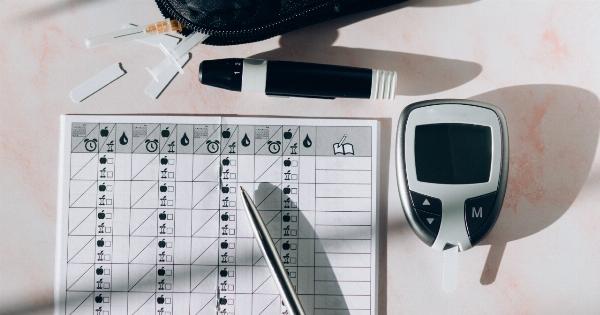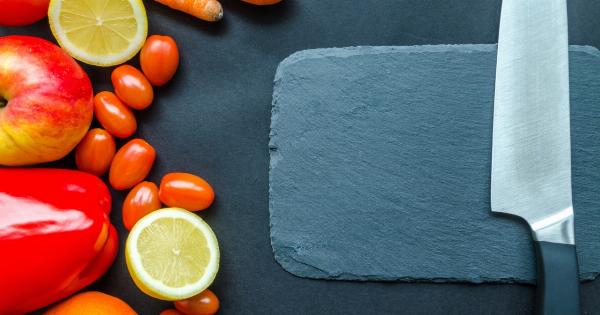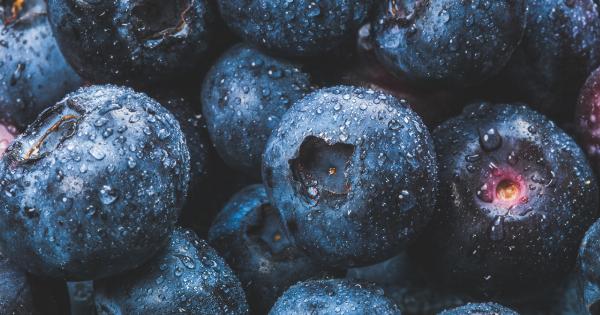Saffron is a spice that has been used for centuries in traditional medicine and cooking. It is obtained from the dried stigmas of crocus flowers and is said to have a wide range of health benefits.
Saffron’s unique flavour, aroma, and vibrant colour make it an essential ingredient in many cuisines, but it’s the medicinal properties that make it a true elixir of life!.
The History of Saffron
Saffron has been cultivated and used by humans for over 3500 years. It was first used in ancient Mesopotamia, and its use spread to Egypt, Greece, and Rome. In ancient Greek mythology, saffron was associated with the god Zeus.
The Phoenicians traded saffron throughout their empire, and it was worth its weight in gold. In the Middle Ages, saffron was used in Europe as a medicine and a spice, and it was a sought-after luxury that only the wealthy could afford.
Today, saffron is still one of the most expensive spices in the world. It is produced primarily in Iran, Spain, and India, and is used in a variety of dishes, including risotto, paella, and biryani.
The Health Benefits of Saffron
Saffron contains a variety of compounds that may have health benefits, including crocin, picrocrocin, and safranal. These compounds have been found to have antioxidant, anti-inflammatory, and antitumor properties.
Antioxidant Properties
Saffron is known for its high antioxidant content. Antioxidants help protect the body from damage caused by free radicals, which can cause cellular damage and lead to chronic diseases such as cancer and heart disease.
Studies have found that saffron extracts can help reduce oxidative stress and improve antioxidant activity.
Anti-inflammatory Properties
Saffron has been found to have potent anti-inflammatory properties. Inflammation is a natural response by the body to injury or infection, but chronic inflammation can lead to a range of health problems.
Studies have found that saffron extracts can help reduce inflammation in the body and may be helpful in treating conditions such as arthritis and asthma.
Antitumor Properties
Saffron compounds have been found to have antitumor properties. Studies have shown that saffron extracts can inhibit the growth of cancer cells and may be helpful in preventing the development of certain types of cancers.
The Culinary Uses of Saffron
Saffron is perhaps best known for its culinary applications. It is used in a variety of dishes, ranging from Spanish paella to Indian biryani.
Saffron is prized for its unique flavour and aroma, which is often described as floral, honey-like, and slightly bitter.
Spanish Paella
Paella is a classic Spanish dish that features saffron as a key ingredient. The saffron infuses the rice with its distinctive flavour and aroma and gives the dish its characteristic yellow colour.
Indian Biryani
Biryani is an Indian dish that is made with rice, meat, and spices, including saffron. Saffron adds a distinctive flavour and fragrance to the dish, and is often used to give the rice a vibrant yellow colour.
Iranian Kebabs
In Iran, saffron is often used to flavour kebabs, which are skewered meat dishes. The saffron gives the kebabs a unique flavour and aroma and helps to tenderize the meat.
Using Saffron in Traditional Medicine
Saffron has a long history of use in traditional medicine. It has been used to treat a variety of ailments, including depression, anxiety, and menstrual disorders.
Depression and Anxiety
Multiple studies have found that saffron can help alleviate symptoms of depression and anxiety. A 2015 study found that saffron was as effective as fluoxetine (Prozac) in treating mild to moderate depression.
Menstrual Disorders
Saffron has been used for centuries to treat menstrual disorders such as irregular periods and cramps. A 2008 study found that saffron was effective in reducing the severity of menstrual cramps and pain.
How to Use Saffron
Saffron can be used in both sweet and savoury dishes. It is often used in rice dishes, soups, and stews, and is also a key ingredient in many desserts.
Infuse in Liquid
The best way to use saffron is to infuse it in a liquid before using it in a recipe. To do this, simply crush the saffron strands and steep them in a small amount of hot water or broth for 15-20 minutes.
The liquid can then be added to the recipe, along with the saffron strands.
Add to Rice Dishes
Saffron can be added to rice dishes, such as risotto or pilaf, to give them a distinctive flavour and aroma. To add saffron to rice, simply add a few crushed strands to the rice while it is cooking.
Alternatively, infuse the saffron in a small amount of hot broth or water and add the liquid to the rice once it is cooked.
Sprinkle on Soups and Stews
Saffron can also be added to soups and stews for a burst of flavour and colour. Simply crush the saffron strands and sprinkle them over the top of the soup or stew.
The Bottom Line
Saffron is a powerful spice with a wide range of health benefits. It is a key ingredient in many cuisines, and has a long history of use in traditional medicine. Whether you use it in your cooking or as a natural remedy, saffron is a true elixir of life!.































